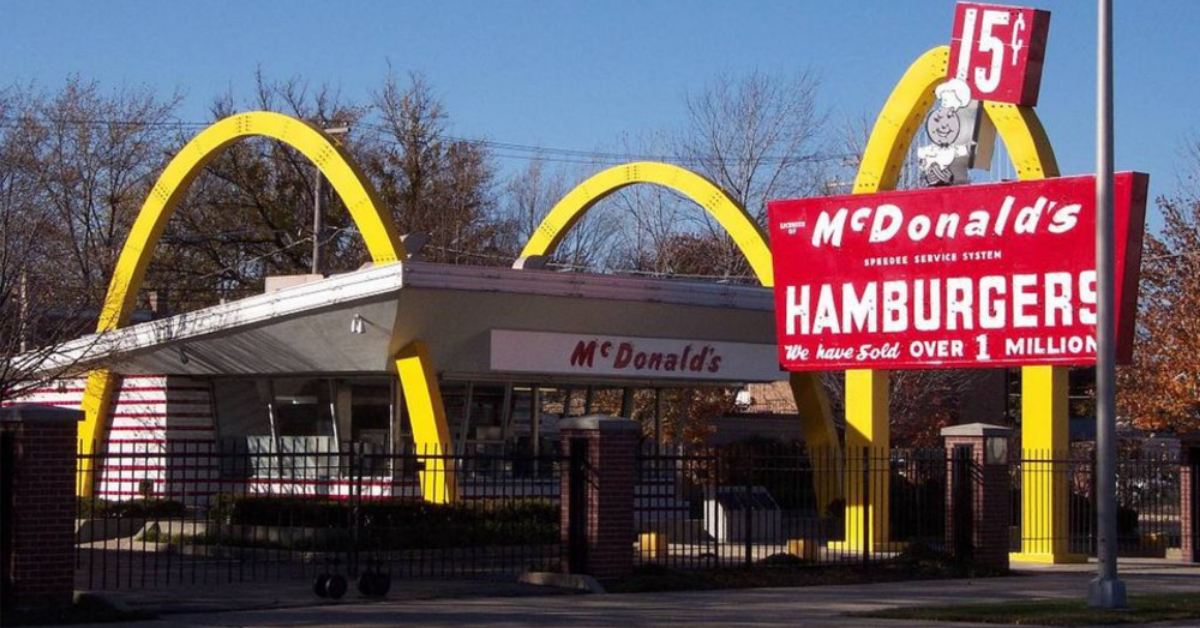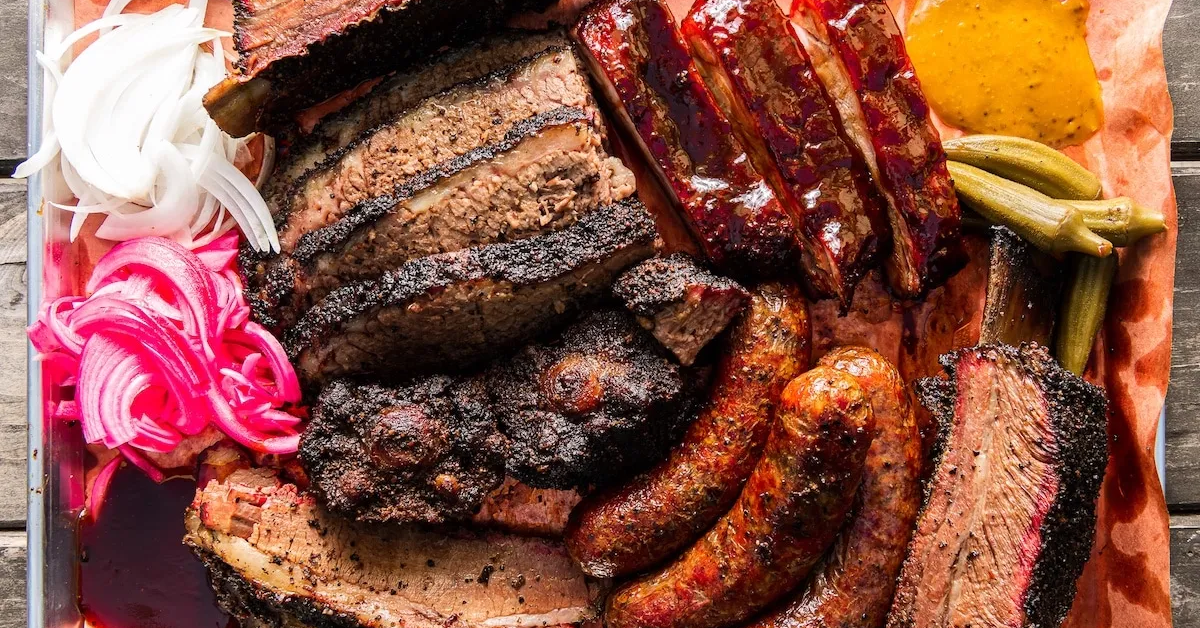Across America, many once-thriving burger chains have shuttered their doors, yet remain alive in the memories of generations of customers. From flame-broiling pioneers to uniquely themed eateries, these chains left an indelible mark on fast-food culture. While giants like McDonald’s and Burger King dominate today, several defunct burger brands helped shape what it means to grab a quick and tasty meal on the go.
These chains were not just restaurants; they were innovators, cultural icons, and neighborhood staples that contributed to America’s fast-food evolution. Here, we explore 10 of these beloved defunct burger chains Americans still fondly remember, detailing their rise, unique contributions, and the reasons behind their decline.
The Rise and Innovation Behind Burger Chef
Burger Chef was a formidable competitor to McDonald’s in its heyday, boasting over 1,050 locations nationwide in 1973. Originating from a flame-broiling equipment demonstration in Indianapolis, founded by Frank and Donald Thomas in 1957, the chain revolutionized burger preparation with a patented flame broiler producing approximately 2,000 cooked burgers per hour by the 1960s.
Burger Chef is credited with inventing what it called the “Fun Meal”, which included a toy, and inspired McDonald’s famous Happy Meal seven years later. Despite their lawsuit loss against McDonald’s, Burger Chef’s impact remains significant in fast-food history. The final Burger Chef location closed in 1996, with some stores converting to other brands like Pleaser’s.
Roadside Nostalgia: The Unique Legacy of Red Barn
Founded in 1961 in Springfield, Ohio, Red Barn expanded to around 300-400 restaurants across 19 states and even internationally. Known for its distinctive barn-shaped buildings with glass fronts, the chain also pioneered the self-service salad bar and introduced the Big Barney burger before McDonald’s Big Mac.
Red Barn’s affordable chicken dinners, costing as little as 59 to 99 cents, and memorable roadside architecture made it a favorite. However, when new owners stopped advertising and allowed franchise leases to expire in 1978, the chain rapidly declined, with the last restaurant closing by 1988.
Wetson’s Hamburgers: The Big W Before the Big Mac
For many in the New York metropolitan area, Wetson’s Hamburgers was a fast-food staple. Founded in 1959 by Herb and Errol Wetanson, Wetson’s featured the Big W burger, a precursor to the Big Mac. Famous for extraordinarily low prices — 15-cent burgers and 10-cent fries — the chain grew to over 70 locations.
Despite merging with Nathan’s Famous, Wetson’s couldn’t compete with the expanding McDonald’s and Burger King. Its legacy endures as a local favorite remembered for its value and distinctive branding.
Wimpy Grills: The Two-Handed Burger Experience
Originating in Indiana in 1934, Wimpy Grills was inspired by the Popeye character J. Wellington Wimpy, famous for his love of hamburgers. Wimpy distinguished itself by selling large, two-handed burgers, contrasting with smaller competitors like White Castle. By 1947, Chicago locations alone were expected to sell around 8 million burgers annually.
Internationally, Wimpy expanded to over 1,000 locations across 23 countries by 1970. Although closing all U.S. outlets by 1978, Wimpy’s international presence and its role as an early larger-burger pioneer remain iconic.
Carrols: Syracuse’s Fast Food Pioneer and the Club Burger
Carrols introduced fast food to Syracuse, New York, popularizing the Club Burger, Sea Fillet fish sandwich, and triple-thick shakes throughout the 1960s. At its peak, Carrols operated roughly 150 stores across western New York and Pennsylvania.
The chain’s affordable prices made it a local staple but could not keep pace with national giants. By the early 1980s, Carrols locations were either converted to Burger King franchises or closed entirely, with the last U.S. Carrols retiring in 1981.
Sandy’s: A Scottish Twist on American Fast Food
Founded in 1956 in Illinois, Sandy’s carved a niche with Scottish-themed branding to compete against McDonald’s. Initially started by entrepreneurs intending to franchise McDonald’s, they pivoted due to contractual disagreements with Ray Kroc. Sandy’s reached over 120 locations before merging with Hardee’s in 1971, and ceasing Sandy’s-branded restaurants by 1979.
White Tower: The White Castle Copycat
Opening in 1926 in Milwaukee, Wisconsin, White Tower closely mirrored White Castle’s menu and style, leading to a legal battle in the 1930s. Despite this, the chain expanded to about 230 locations nationwide.
White Tower served hamburgers, pies, and desserts, often located near train and trolley lines. However, its business model became outdated by the 1960s as customers preferred modern drive-in restaurants, leading to the chain’s decline.
Henry’s Hamburgers: The Beloved Local Legend
Henry’s Hamburgers, with only one surviving location in Benton Harbor, Michigan, represents a nostalgic and community-centered approach to fast food. Known for quality and local service, Henry’s was cherished by Midwestern patrons but could not match the marketing and scale of national chains.
Yankee Doodle Dandy: Celebrating American Patriotism
With nearly 30 locations at its peak, Yankee Doodle Dandy was known for its American-themed décor and community pride. Founded by brothers Chris and Bill Proyce outside Chicago, the chain became a cherished spot for families in the 1970s, offering a unique patriotic fast-food experience before closing in the 1980s.
All-American Burger: Hollywood’s Fast Food Star
Originating in Los Angeles in the 1960s, All-American Burger became culturally significant after featuring in the iconic 1982 film Fast Times at Ridgemont High. Founded by Aaron Binder, the chain served unique burgers like the chili burger and hickory burger.
Despite bankruptcy and store closures by 2010, the chain’s connection to Hollywood immortalized it in pop culture, remembered fondly by California natives and movie fans alike.
Remembering America’s Fast Food Heritage
- The flame broiling innovation of Burger Chef set new industry standards.
- Red Barn’s barn-shaped architecture and Big Barney predated major fast-food trends.
- Wimpy’s two-handed burgers introduced a heftier fast-food option early on.
- Local chains like Henry’s Hamburgers fostered strong community connections.
- Pop culture and themed branding, as seen with All-American Burger and Yankee Doodle Dandy, captured unique market niches.
“These defunct burger chains may no longer dominate the fast-food landscape, but their contributions and memories continue to shape America’s culinary and cultural history.”







